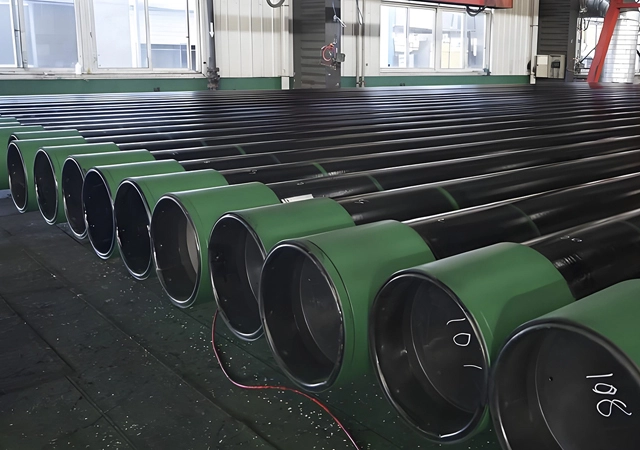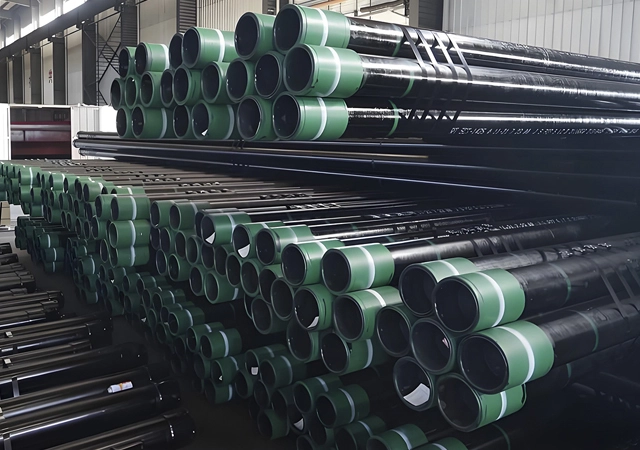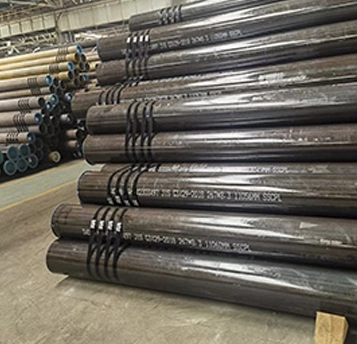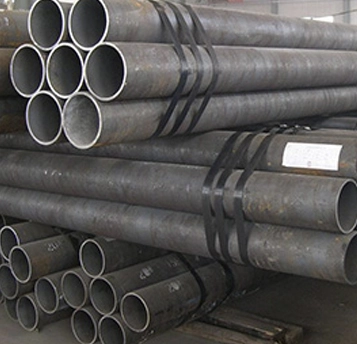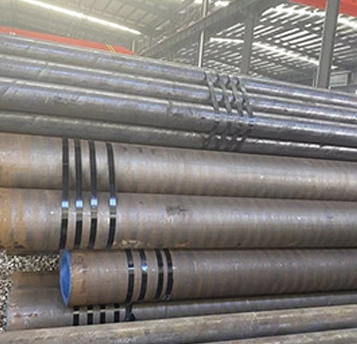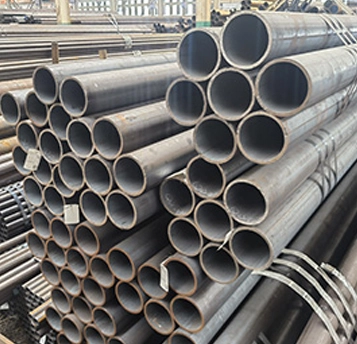Casing is a series of steel pipes that are run into a drilled oil well to stabilize the well, keep contaminants and water out of the oil stream, and prevent oil from leaching into the groundwater. Casing is installed in layers, in sections of decreasing diameter that are joined together to form casing strings. The five types of casing string are conductor casing, surface casing, intermediate casing, casing liner, and production casing.
casing pipe: The outer tubes are called casing. Casing lines the wellbore and thus protects the layers of soil and above all the groundwater from being contaminated by the drilling mud and/or frac fluids. It also stabilizes the wellbore, so casing must be able to withstand especially high loads. The drilling and casing alternate – the drill string is taken out at specific intervals and the wellbore is lined with casing and cemented. Then drilling continue.
Tubings are steel pipes used in oil drilling and production. They are installed inside casing and are mainly used to transport underground crude oil or natural gas from the oil layer to the ground. Their functions are:
Transporting fluids: as a channel for oil and gas from the bottom of the well to the ground.
Protecting the wellbore: preventing well wall collapse and formation fluid contamination.
Auxiliary operations: used for water injection, fracturing, acidification and other production-increasing measures.
Casing and tubing used in oil and gas drilling are typically made from high-strength steel alloys to withstand harsh downhole conditions such as high pressure, temperature, and corrosive environments. The materials and standards for casing and tubing are as follows:
Materials:
Carbon Steel: Commonly used for general applications, available in various grades.
Alloy Steel: Enhanced with chromium, molybdenum, or nickel for improved strength and corrosion resistance.
Stainless Steel: Used in highly corrosive environments, such as those containing H₂S or CO₂.
Non-Ferrous Alloys: In some cases, titanium or nickel-based alloys are used for extreme conditions.
Standards:
Casing and tubing are manufactured according to internationally recognized standards to ensure quality and performance. Key standards include:
API (American Petroleum Institute) Standards:
API 5CT: Specifies requirements for casing and tubing, including grades such as H40, J55, K55, N80, L80, C90, T95, P110, and Q125.
API 5B: Covers threading, gauging, and thread inspection for casing, tubing, and line pipe.
API 5D: Specifies requirements for drill pipe.
ISO (International Organization for Standardization) Standards:
ISO 11960: Equivalent to API 5CT, specifying technical delivery conditions for steel casing and tubing.
ISO 13679: Provides procedures for testing the performance of casing and tubing connections.
Tubing and casing are two different types of steel pipes, which have significant differences in function, location and usage scenarios. The following are their main differences:
1. Different functions:
Tubing:
Mainly used to transport underground crude oil or natural gas from the oil layer to the surface.
Used in the production stage as a fluid channel.
It can also be used for water injection, fracturing, acidizing and other production enhancement operations.
Casing:
Used to reinforce the well wall and prevent wellbore collapse.
Isolate different strata to prevent fluid from crossing.
Protect the wellbore to prevent groundwater or harmful gases from entering the well.
2. Different installation locations:
Tubing:
Casing:
Extends from the wellhead to a certain depth underground, and is lowered in layers (such as surface casing, technical casing, production casing, etc.), with a larger diameter.
3. Different sizes:
Tubing:
Casing:
4. Different material and strength requirements:
Tubing:
Need to be corrosion-resistant and high-pressure-resistant, commonly used materials are carbon steel, alloy steel or stainless steel.
Strength requirements are higher, but lower than casing.
Casing:
Requires higher strength and pressure resistance to withstand formation pressure and wellbore support requirements.
Material is mostly high-strength carbon steel or alloy steel, and corrosion-resistant materials are used in some special environments.
5. Different use stages:
Tubing:
Casing:
6. Different connection methods:
Tubing:
Casing:

 EN
EN
